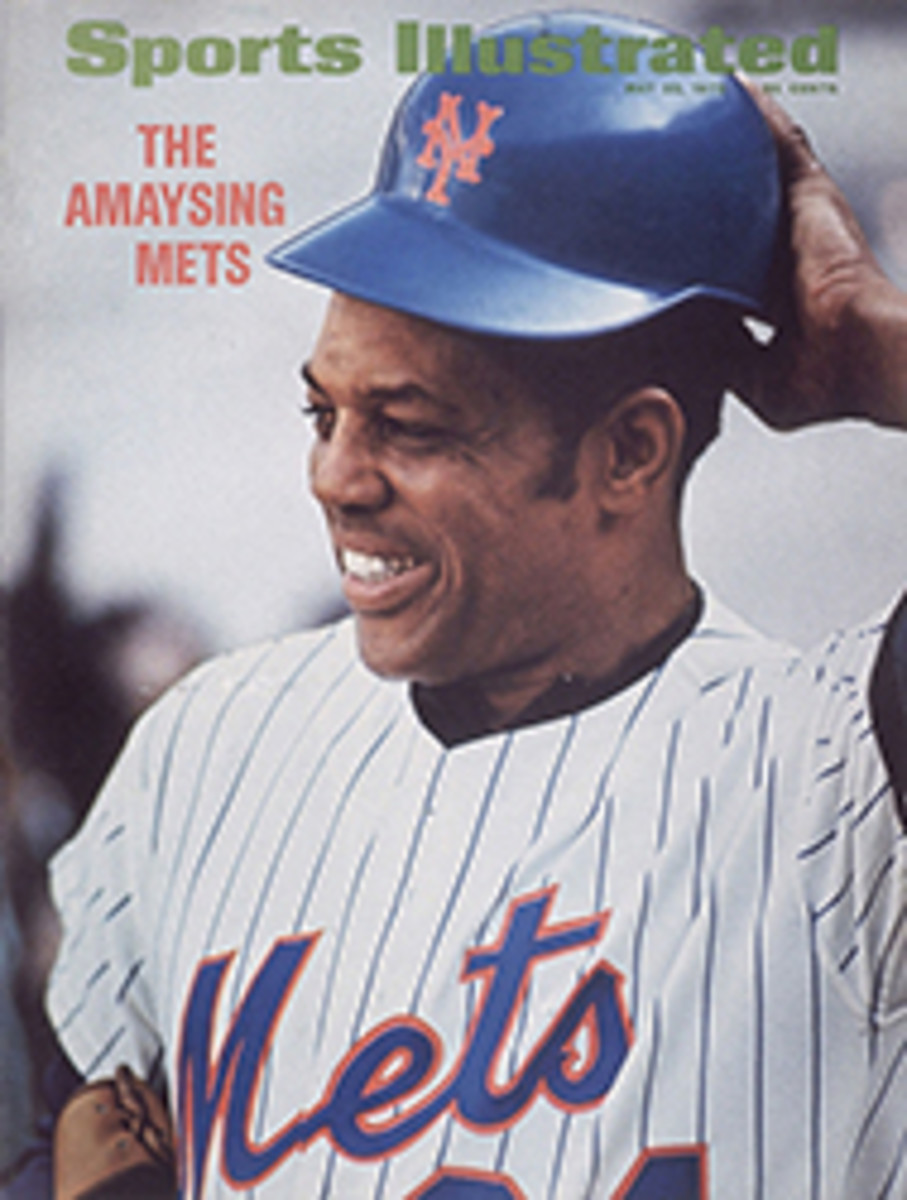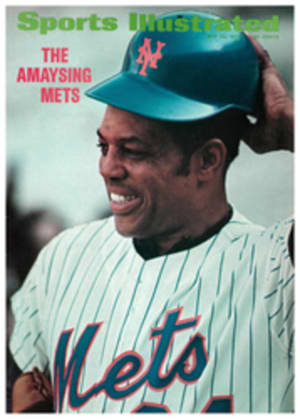
LETTER FROM THE PUBLISHER
The subject of Charles Willeford's new novel, from which we publish an excerpt in this issue (page 70), is cock-fighting—one of the oldest sports in existence. It was a favorite diversion of the Romans, and they took it along with them when they invaded England. "Cockfighting," says Willeford, "is the only sport that can't be fixed, perhaps the only fair contest left in America. A cock wouldn't throw a fight and couldn't if he knew how."
Many readers will protest that it is not a sport at all; in fact, that no blood sport is worthy of the name. However well written the novel may be, its theme is anathema to millions of Americans.
Cockfighting is illegal in most states, but the law is often not enforced and when it is the activity just moves underground. Willeford's Cockfighter is a study of human aggressiveness and greed, and a portrait of a blood sport operating under illegal circumstances. Like it or hate it, the game is a distinct and flavorful bit of Americana that helps remind us of what we have been and what we are.
In the past few years public attitudes, if not private ones, have been changing with regard to sports involving bloodshed. This is due in large measure to the efforts of very strong groups organized to prevent cruelty to animals. Cleveland Amory, an outspoken social commentator, is categoric: "You have to think what it would be like to be the baited bear, the stuck pig, the coursed hare, the wounded cock, the exhausted and terrified fox. The people who set one animal against another haven't got the guts to be bullies themselves. They're just secondhand cowards."
Strong words. For hundreds of years others have been less sure of how they felt. King Henry VIII, for example, though not especially notable for kind-heartedness, "felt his heart melt at the miseries of the cocks, and made edicts against cockfights." But he also built his private cockpit at Whitehall. This ambivalence—dislike of blood sports and a fascination with them—is common to this day.
There are signs that, for one reason or another, many U.S. blood sports are truly disappearing, or becoming as symbolic as Portuguese bullfighting, which always spares the beast. Coursing, for instance, long popular in Texas, is a different game now that jackrabbits are becoming scarce. Instead of all-out hunts, field trials are held in which two greyhounds chase a live rabbit that runs off through an escape hatch and lives to run another day.
Foxes are in short supply in hunt country, too, and as a consequence are often allowed to go to ground after the hunt. The emphasis of the modern hunt seems to lie more in testing the ability of the hounds to find and follow a scent. A healthy fox can always outrun the dogs if a long run does not tire it first.
Falconry has been legal in most states, but this month the Department of the Interior put a temporary clamp on that ancient and aristocratic sport. The U.S. has just signed an agreement with Mexico making falcons, hawks and owls protected species. A permit system for falconers is to follow.
In spite of a softer climate of opinion, blood sports do survive, marked by the aura of ultimate combat that has always made them devilishly interesting, even to those who would rather climb the nearest mountain on bare feet than witness, say, a bullfight. And countless Americans still feel deeply that hunting can be a noble pursuit.
One thing for sure. You won't need to see a cockfight after reading Charles Willeford's evocative account. You'll know what it's like.

